
Q: As a solo-practitioner architect, how do consultants play a part in your projects?
No one can do everything – no one is an expert at everything. Therefore, architects use consultants to assist them in areas of the project that they need specific, expert input. In my case (and the case of thousands of other architects), most of the consultants I hire are engineers. More specifically, I have a structural engineering consultant and a MEP/FP engineering consultant (mechanical, electrical, plumbing and fire protection).
There are many other types of consultants an architect could hire and it depends on the building type and complexity. There are consultants for acoustics, building envelope, building code, cost estimation, sustainability, LEED (and similar) certifications, civil engineering, surveyors, landscape design, lighting design, kitchen design, interior design, traffic design, roof design, graphic design and I’m sure many more (no need to elucidate). You get the picture.
I have developed a good working (and somewhat personal) relationship with two engineering consultants that I generally work with on every project. For the most part, I don’t seek multiple bids for each project – I just call or email them and get their fee to include within mine. Here is my take on how we work together.
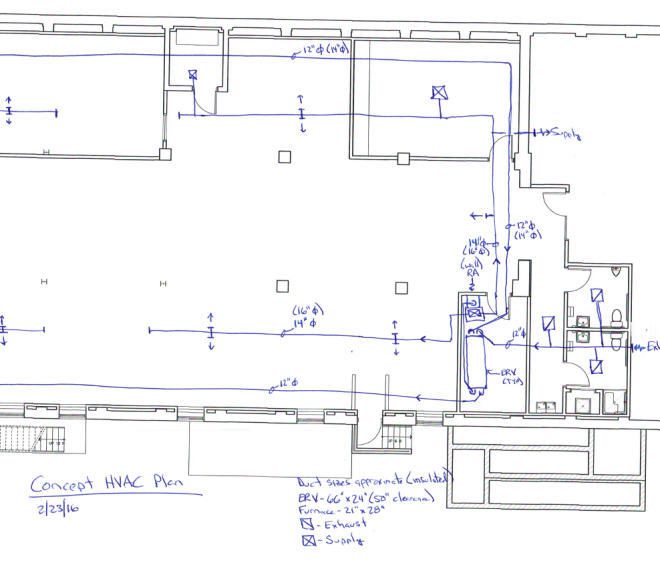
Informal
Every project is important and the details must be correct, accurate with sound engineering judgment. However, the method of getting there is often quite informal. We talk over coffee or lunch, I often develop an overall concept or direction and communicate it to them. In the case of my structural engineer, I get red-lines in return that I incorporate into my drawings (either architectural or structural). The MEP work is often too difficult to try to do the drafting myself (nor do I have the time). Since we have a strong relationship, the working process is friendly, light but very focused and serious in intent. It’s just that we have a few laughs along the way. We even text each other at times. I like it, it’s what I know.
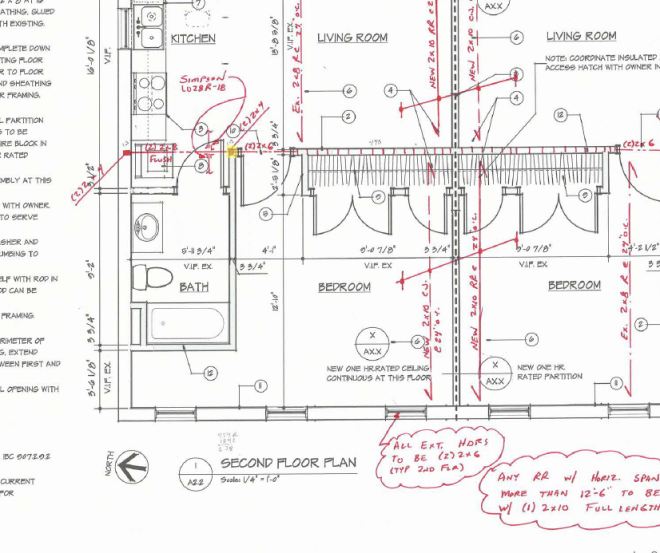
Simple
Small projects are my life – I just happen to do many of them at a given time. However, the types of projects and types of clients are direct and quick. There is generally an extremely tight budget and no room for fluff or elaborate systems. Make it stand; make it efficient; make it comfortable; make it affordable. The project scope is limited, the options for systems are limited, therefore, we work together quickly to find the most direct solutions. To be honest, the best designs are the simplest. There’s no need to pound a finish nail with a sledge hammer.
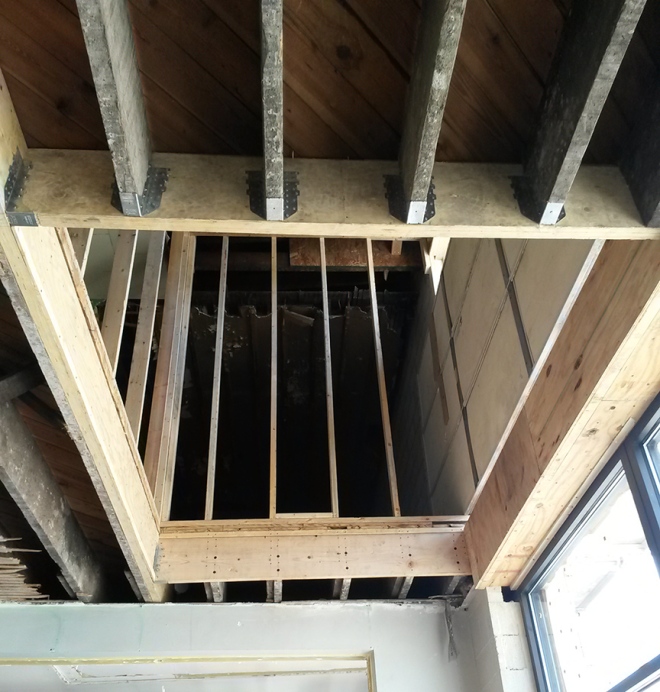
Engaged Process
Architects complain about engineers; engineers complain about architects. To-may-toe / To-mah-toe. Either way we have to work quickly and resourcefully. We develop a scope of work at the outset (to set a fee) and then I generally set the direction in concert with the client. I prefer to involve the consultants early, but oftentimes, they want to work in a linear fashion after the decisions have been made and just ‘do their thing.’ I respect that but as an architect I work in circles while moving forward. Therefore, I cannot send the whole project to them to ‘figure’ out. I need to be intimately involved with the big picture, send them my digital files, but also send them notes or sketches of how things must be done. Then we have a series of discussions and they begin their work. I press my MEP engineer to send me duct sizes early so I can check them within my digital model. With my structural engineer, the process is generally quite simple. He reviews the project, red lines a set of drawings, I review it and add those notes and graphics into my set. On occasion I’ll ask follow up questions and we’ll do a bit of editing. The MEP aspects of a project can be more complex and I’m still learning how much I have to check and review everything. It’s not that it’s wrong, it’s just a matter of confirming that the solution is appropriate for my project, my context and my client as well as fits within the architecture.
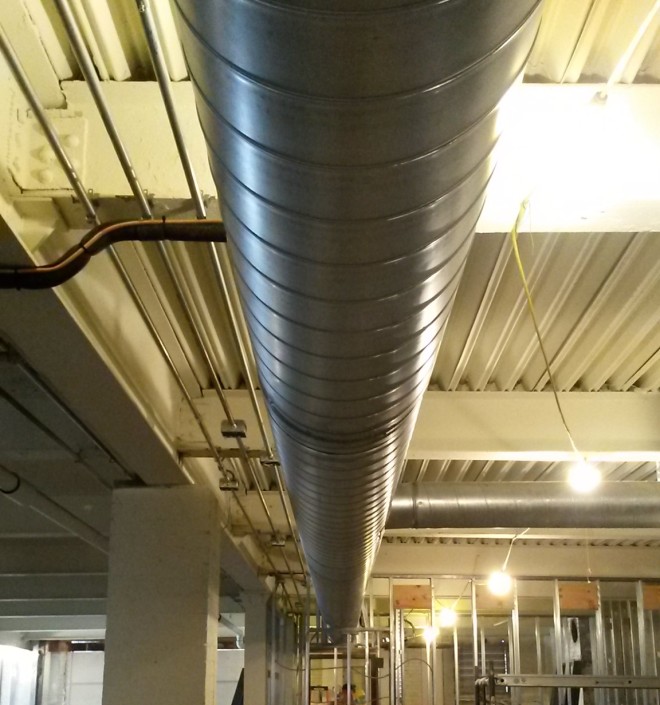
- Is there a simpler way?
- Is there a cheaper way?
- How do we balance first cost with operating cost, life cycle cost, replacement cost?
- Is this the best overall method for the client?
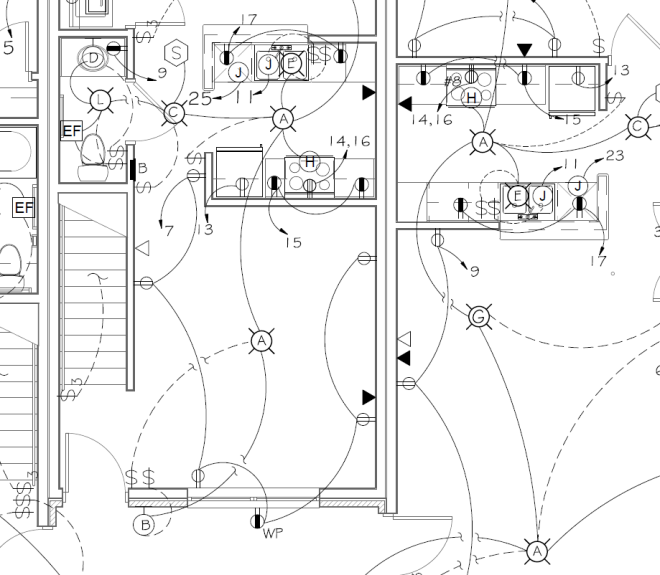
To be an architect means many things and one must (in my not so humble opinion) be knowledgeable and focused on the building systems just as much as the paint colors. In fact, many if not all of my designs are influenced and/or connected to these building systems. My architectural interventions are inseparable from the engineering aspects. Oftentimes the structure is exposed, the duct work is exposed, or somehow the architectural move(s) is a response to or is conceived from an engineering solution. To me that’s real integration and then the project isn’t mere make-up but architecture.
This is another reason one should hire an architect.
My consultants are often hidden to the clients and end users, but to me they’re priceless to the process and to the project.


Great post. I totally agree finding a set of good consultants to work with its critical to an architect’s success.
Brilliant post. Thank you
Excellent post, thank you.
Great post. I struggle with this regularly. I like how you work with your structural engineer and I also like that you develop regular engineers to have on standby. It looks like you generally include their fee in with yours, do you have any pushback on that? Getting clients to understand the need of consultants can be tough so I struggle with that a lot.
Beth, I build their fee into mine and until recently on one project, I’ve never had any pushback. I typically don’t break out their fee unless the client asks. They just see a fee and a service – then complain about the whole thing!
I use a structural engineer on every project unless there is no structural change whatsoever. I mostly have commercial work now where I have an MEP engineering consultant too. I couldn’t do it without him. I don’t include MEP engineering on SFR projects, but I do on multi-family. I don’t like to “shop” for engineering fees because that thwarts the relationships I’ve built. I guess in Oklahoma they make it tough like in Pennsylvania. Thanks for reading and especially for your comments to this conversation.